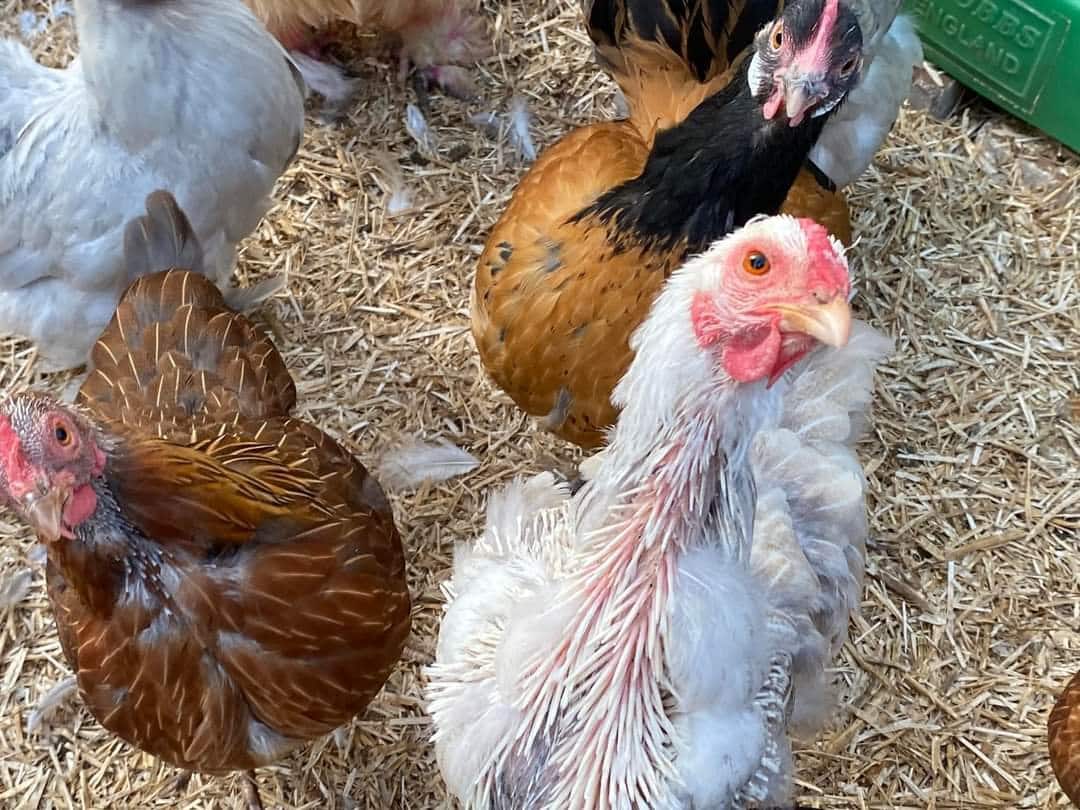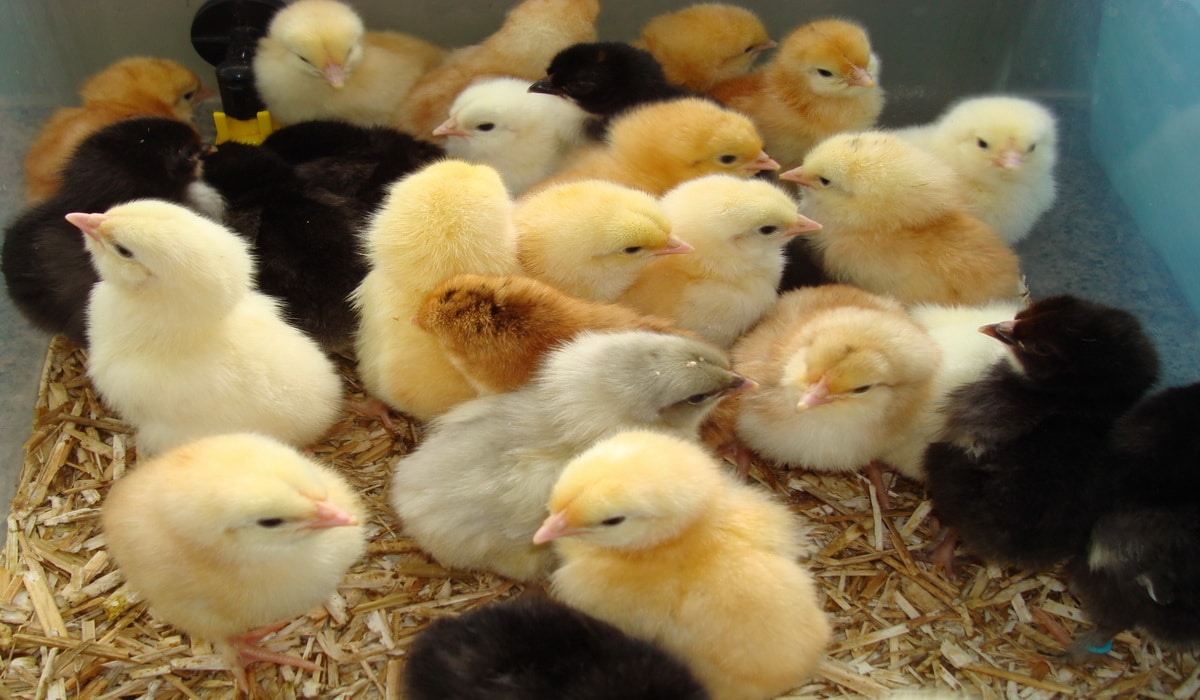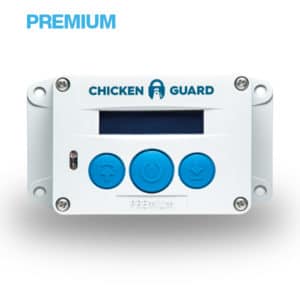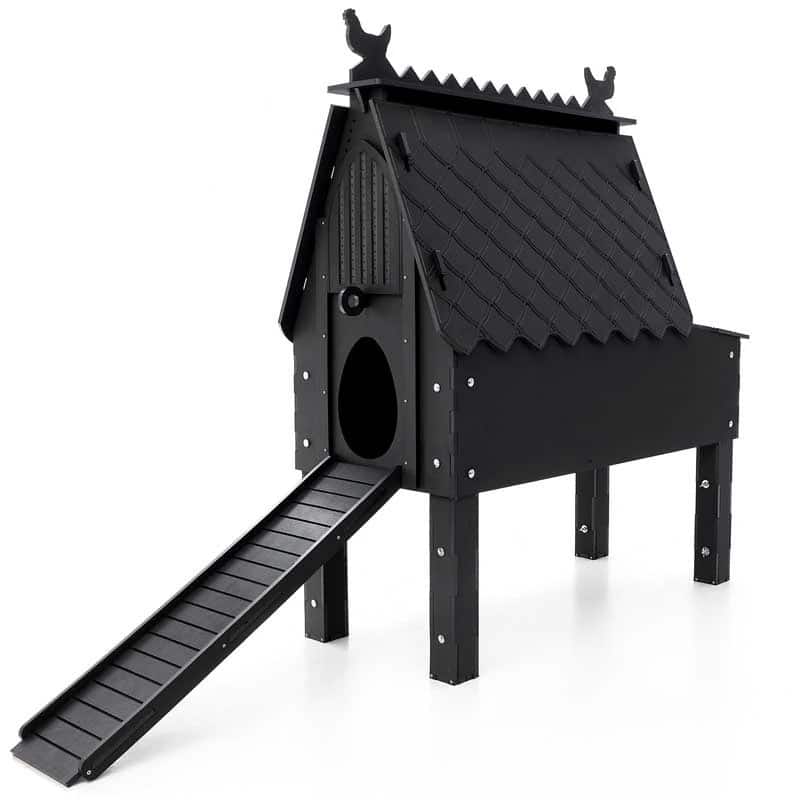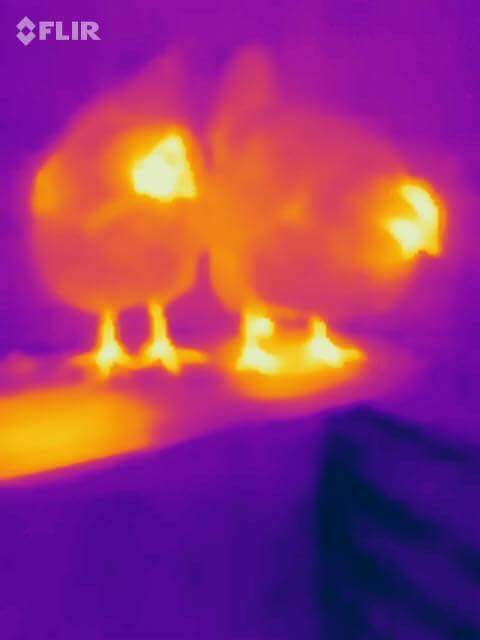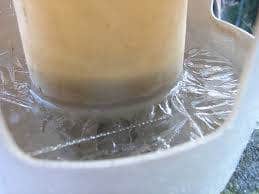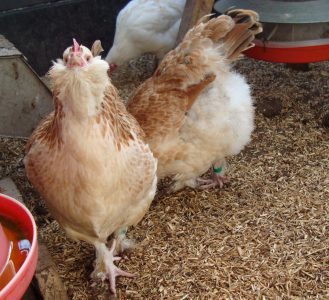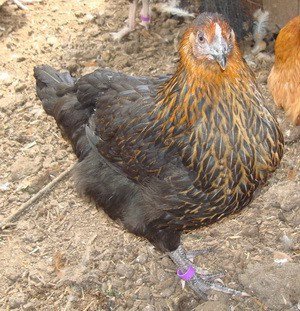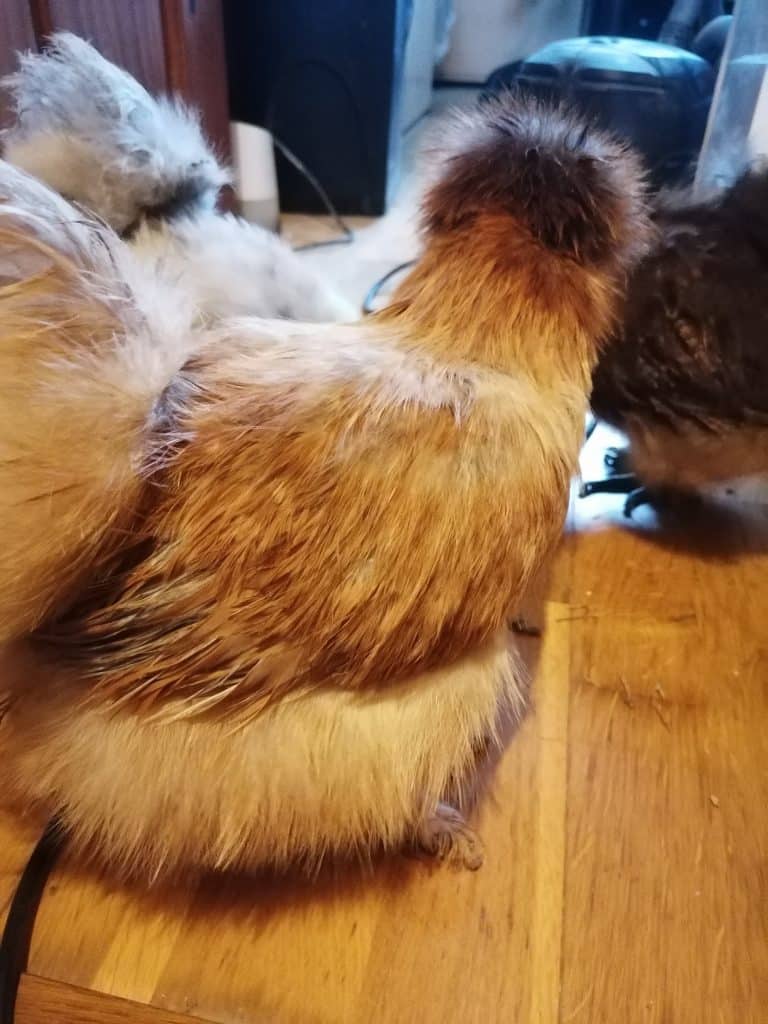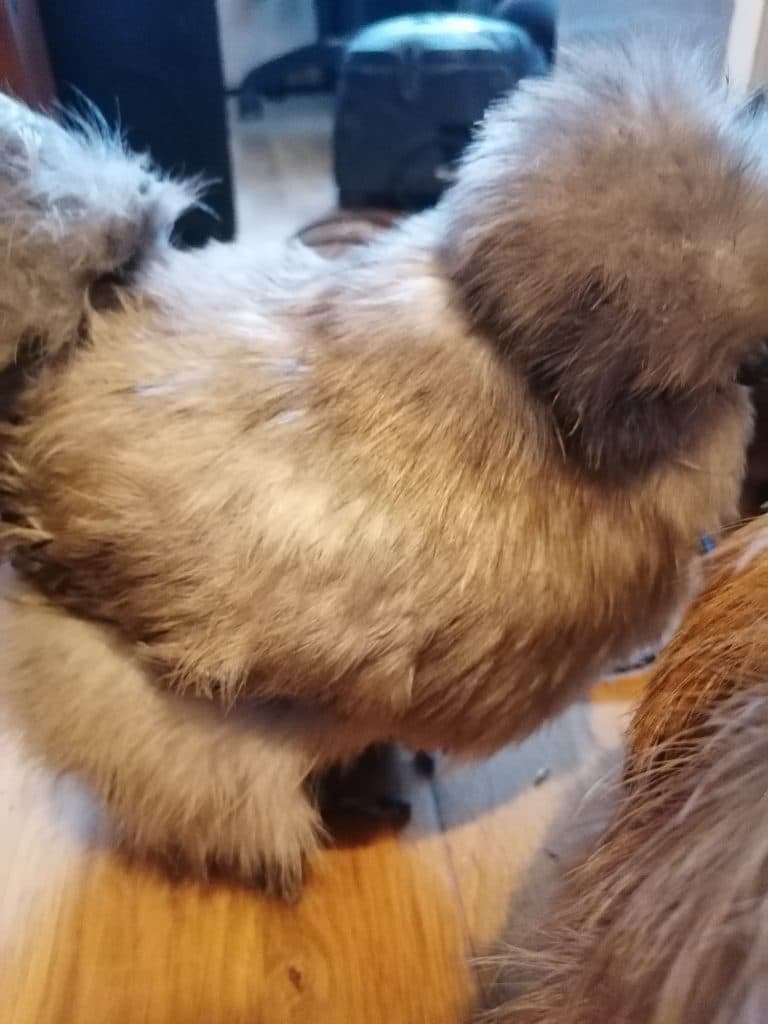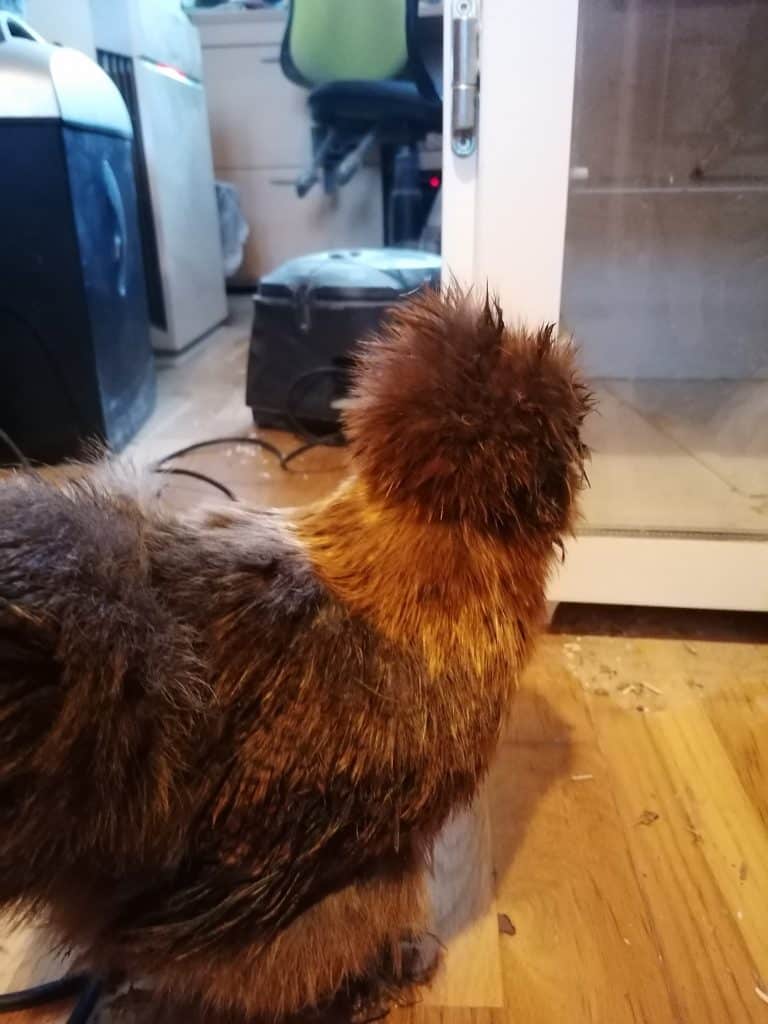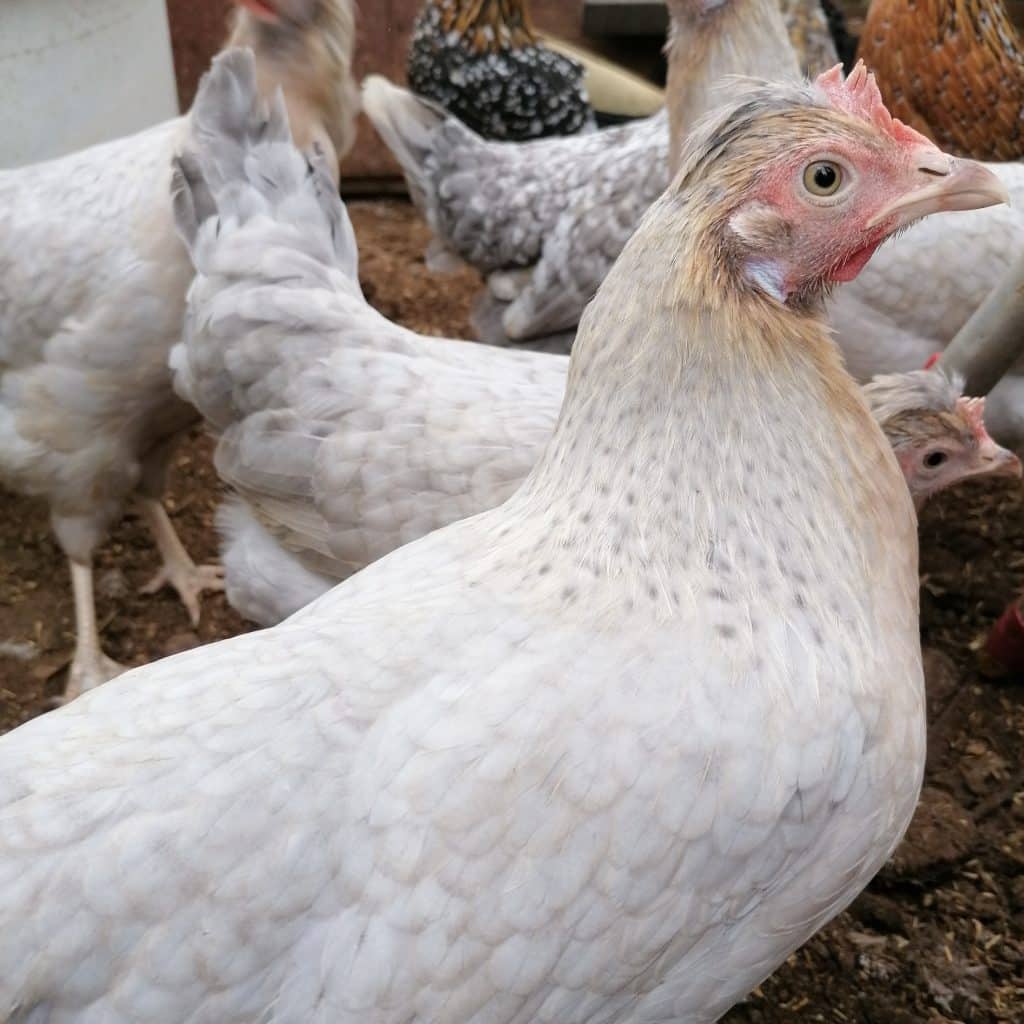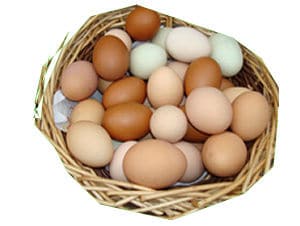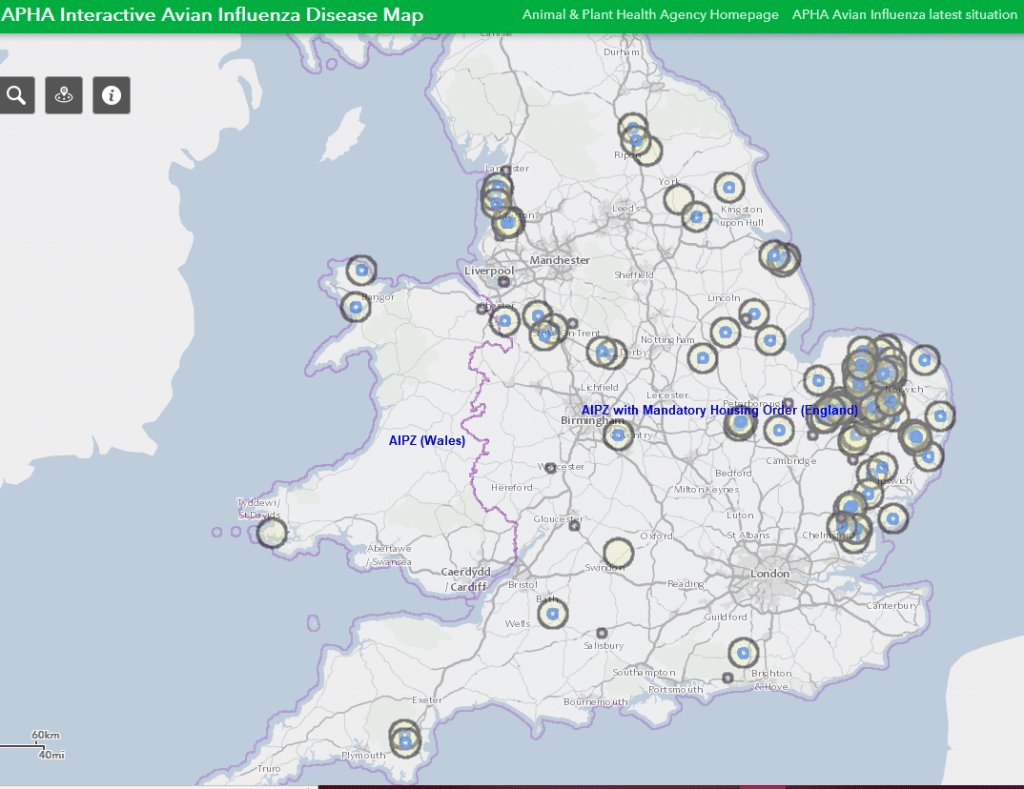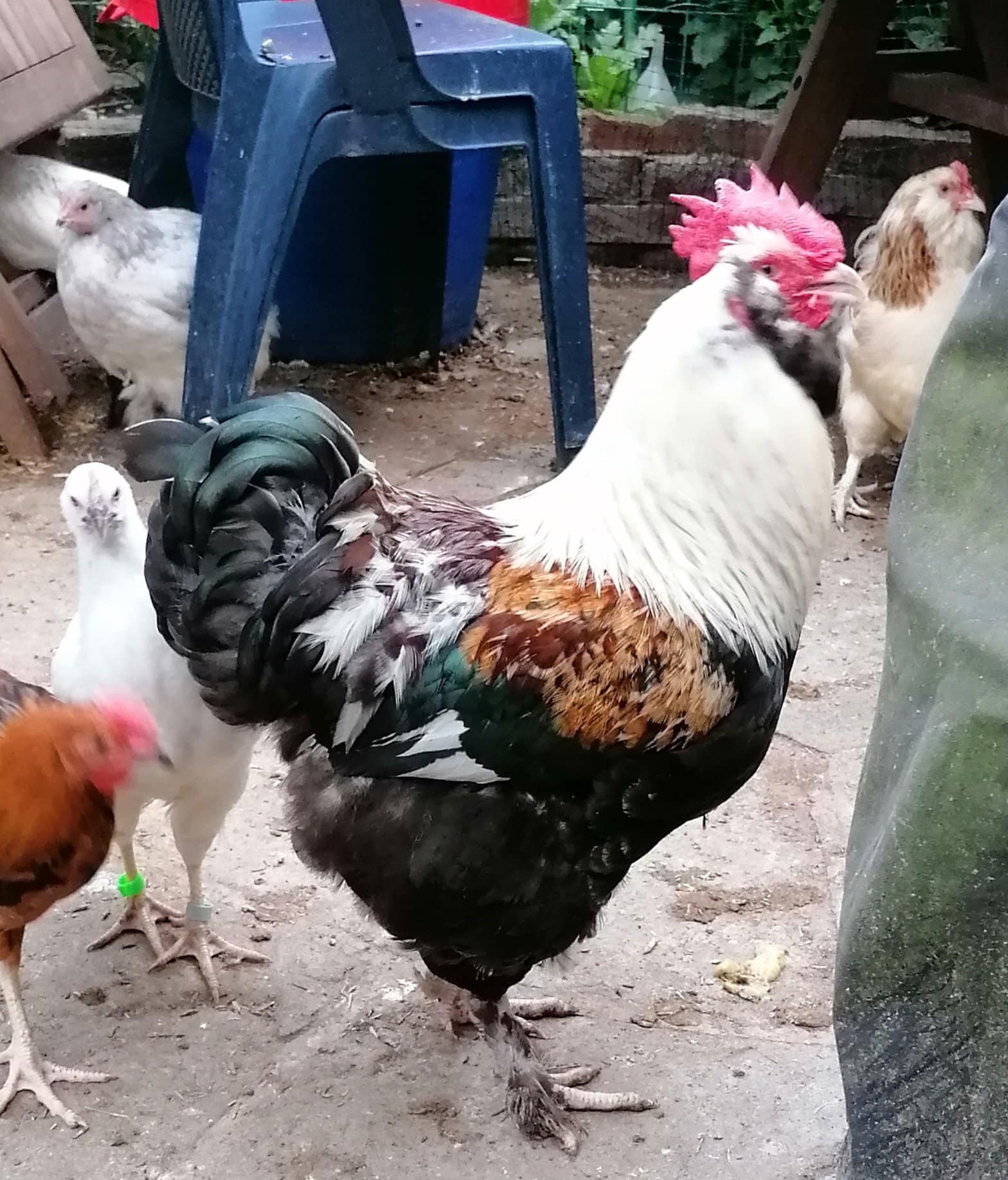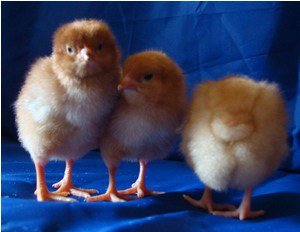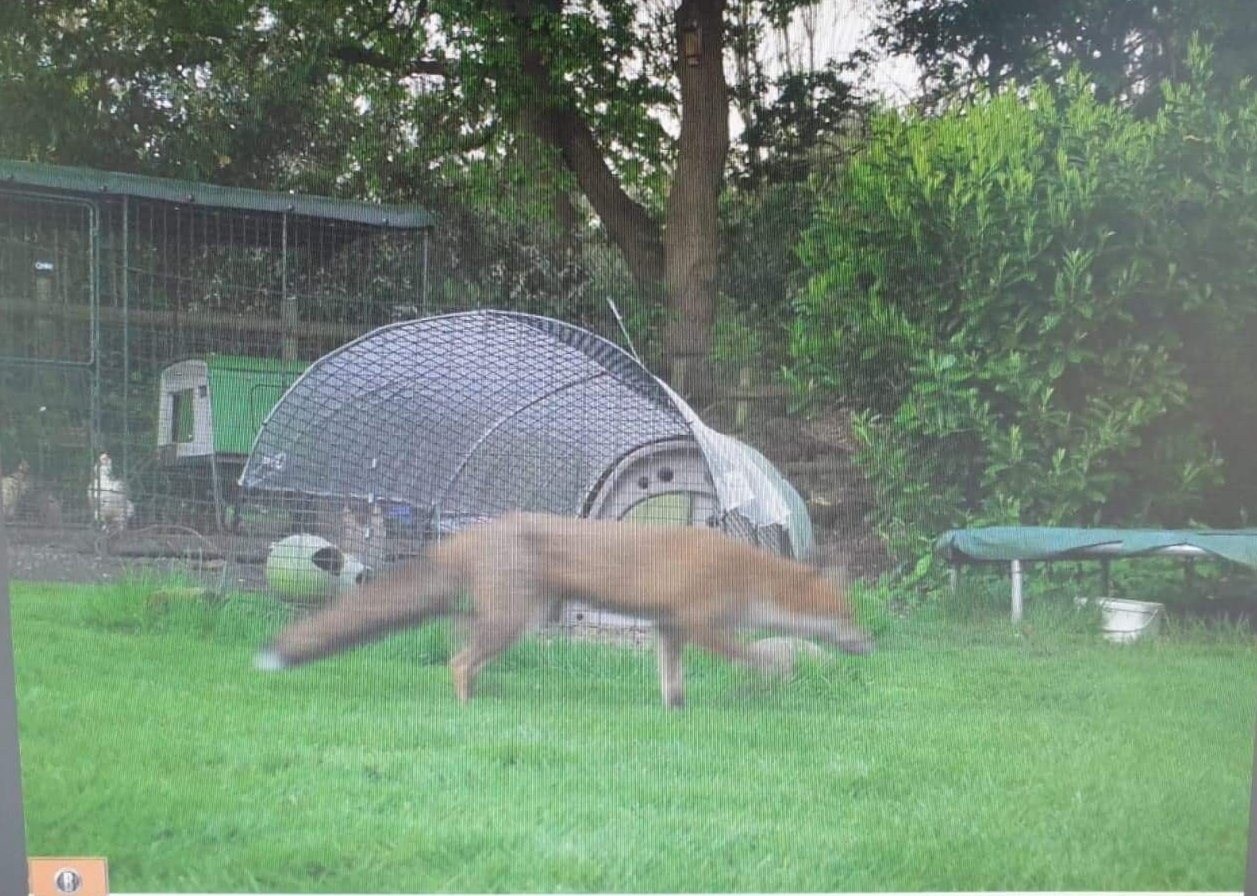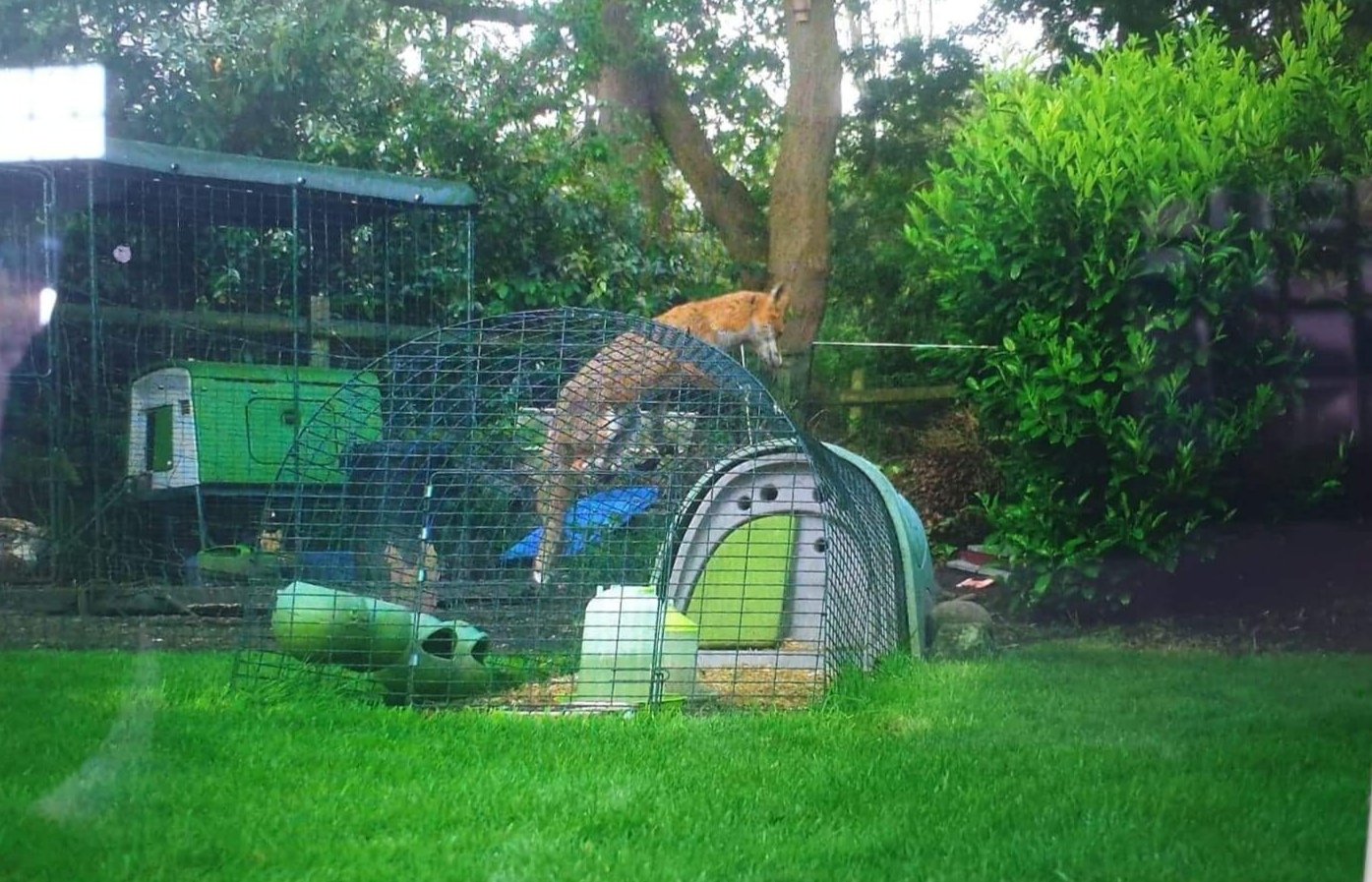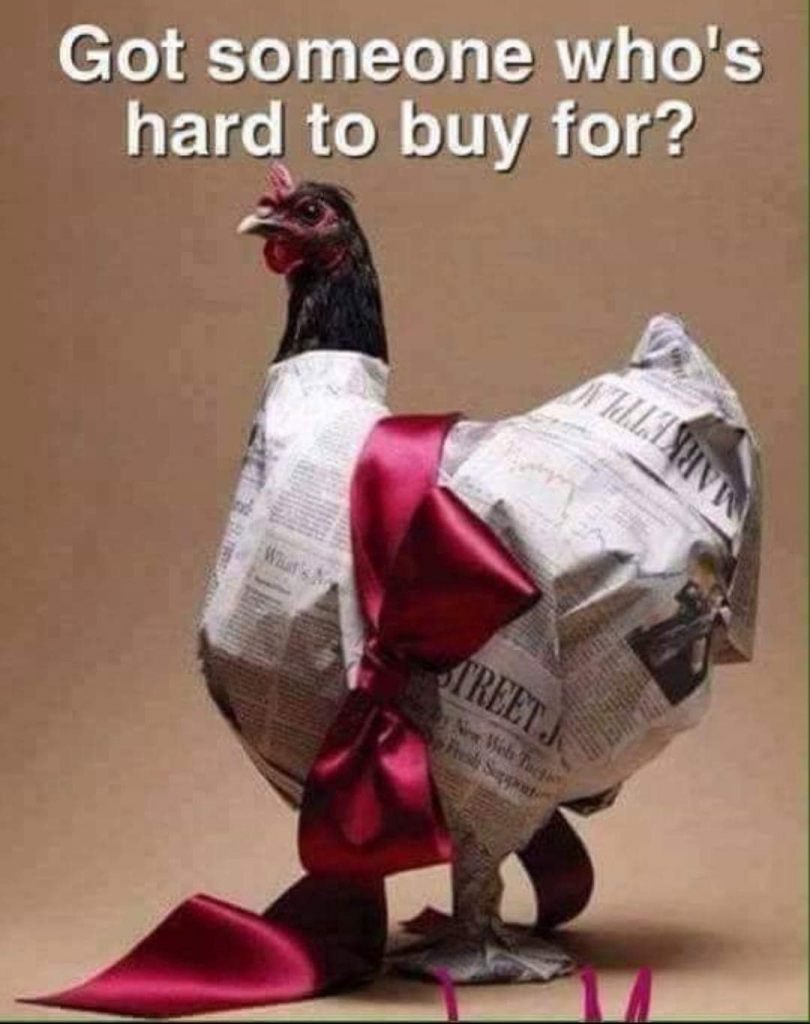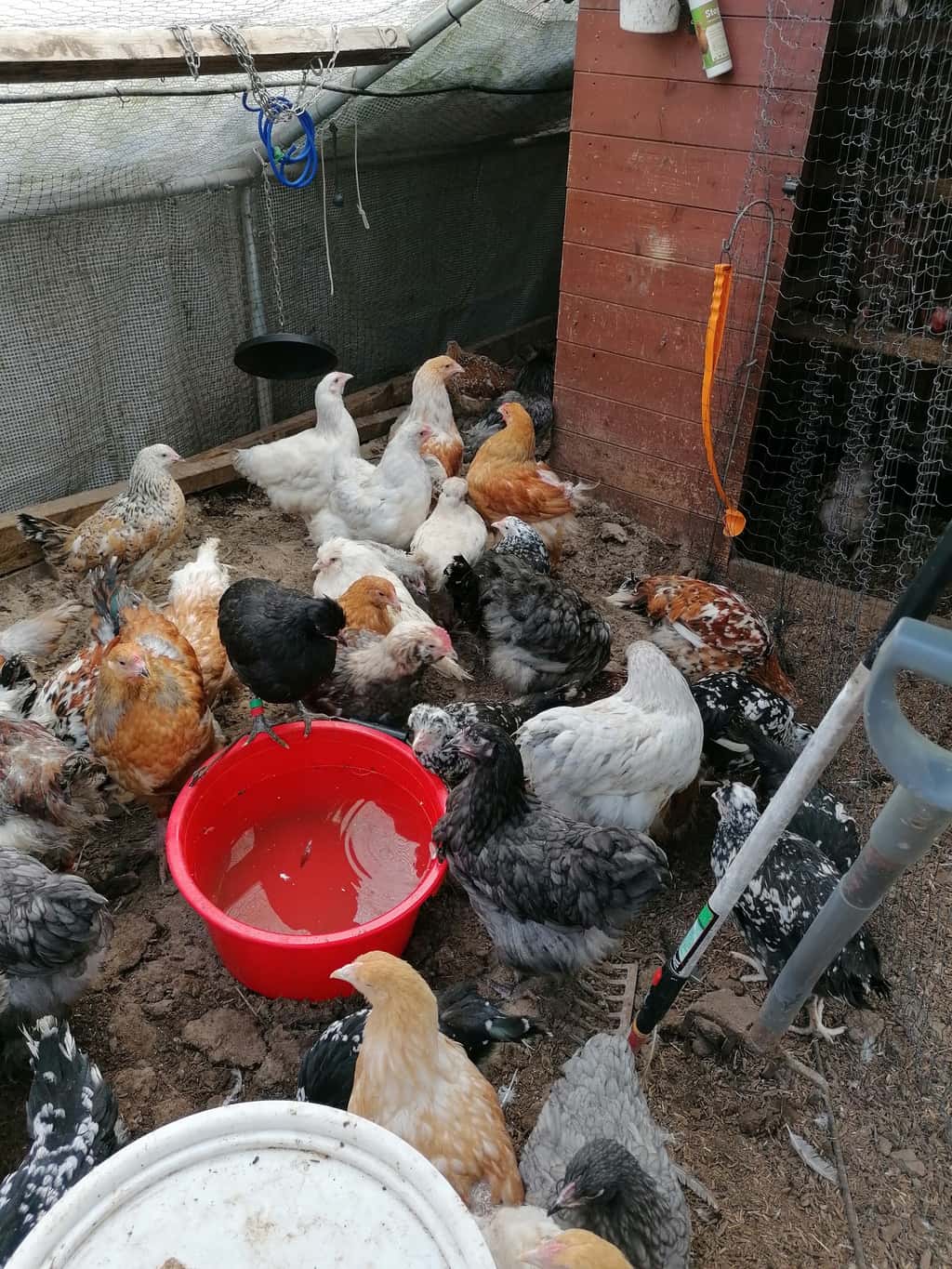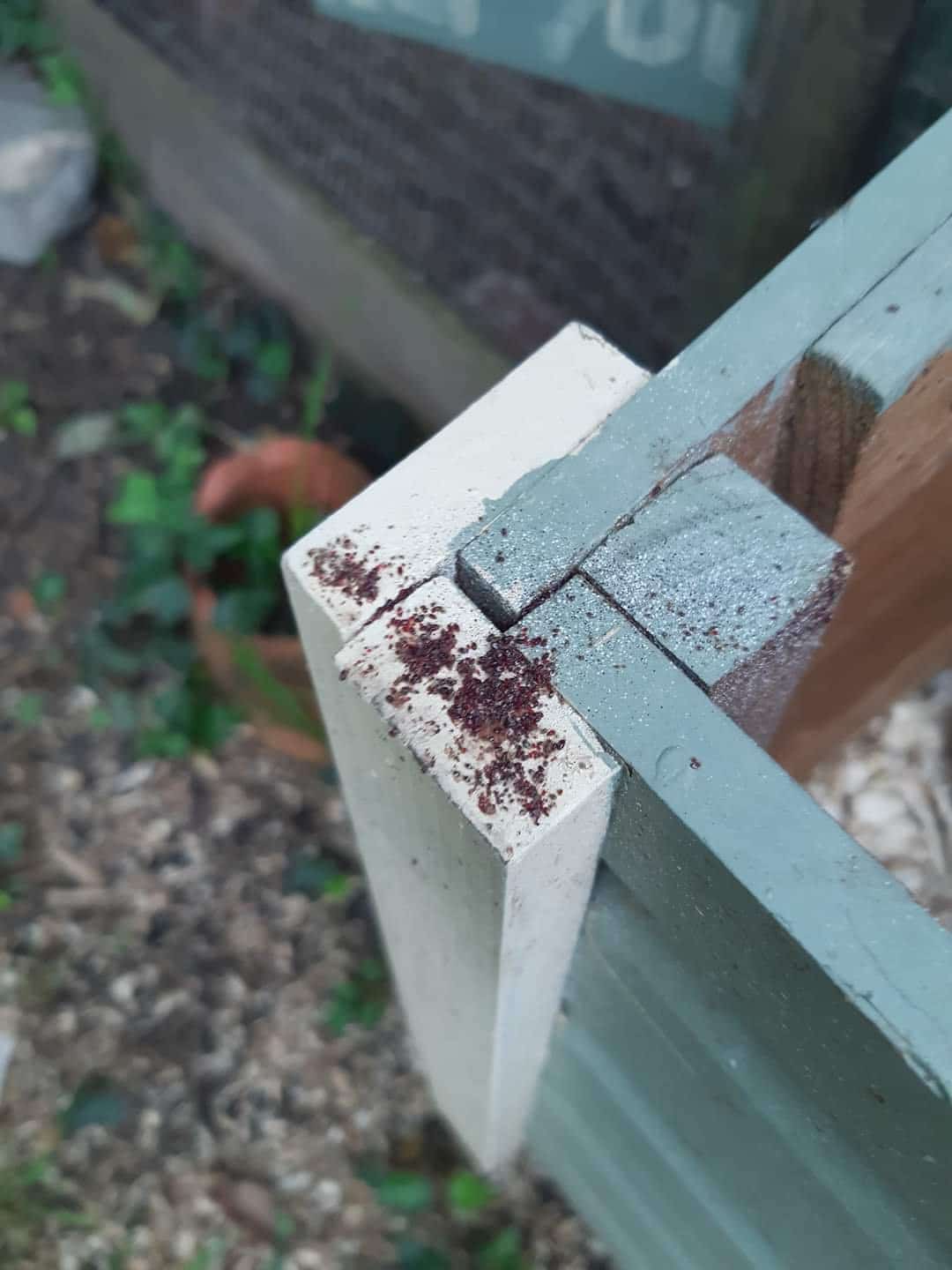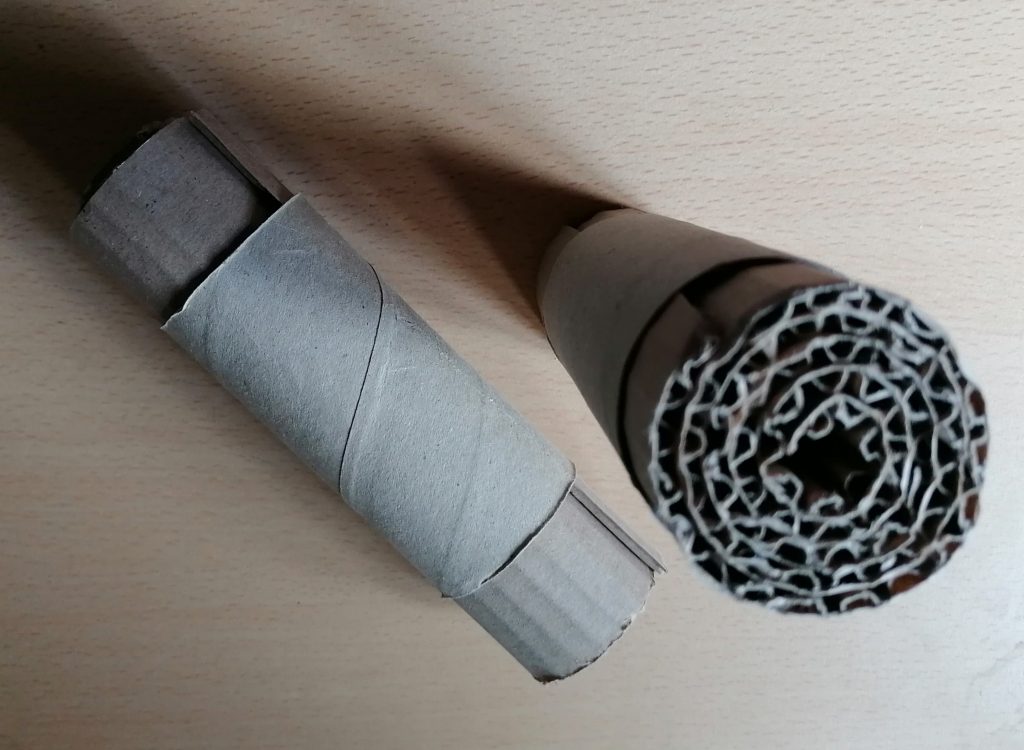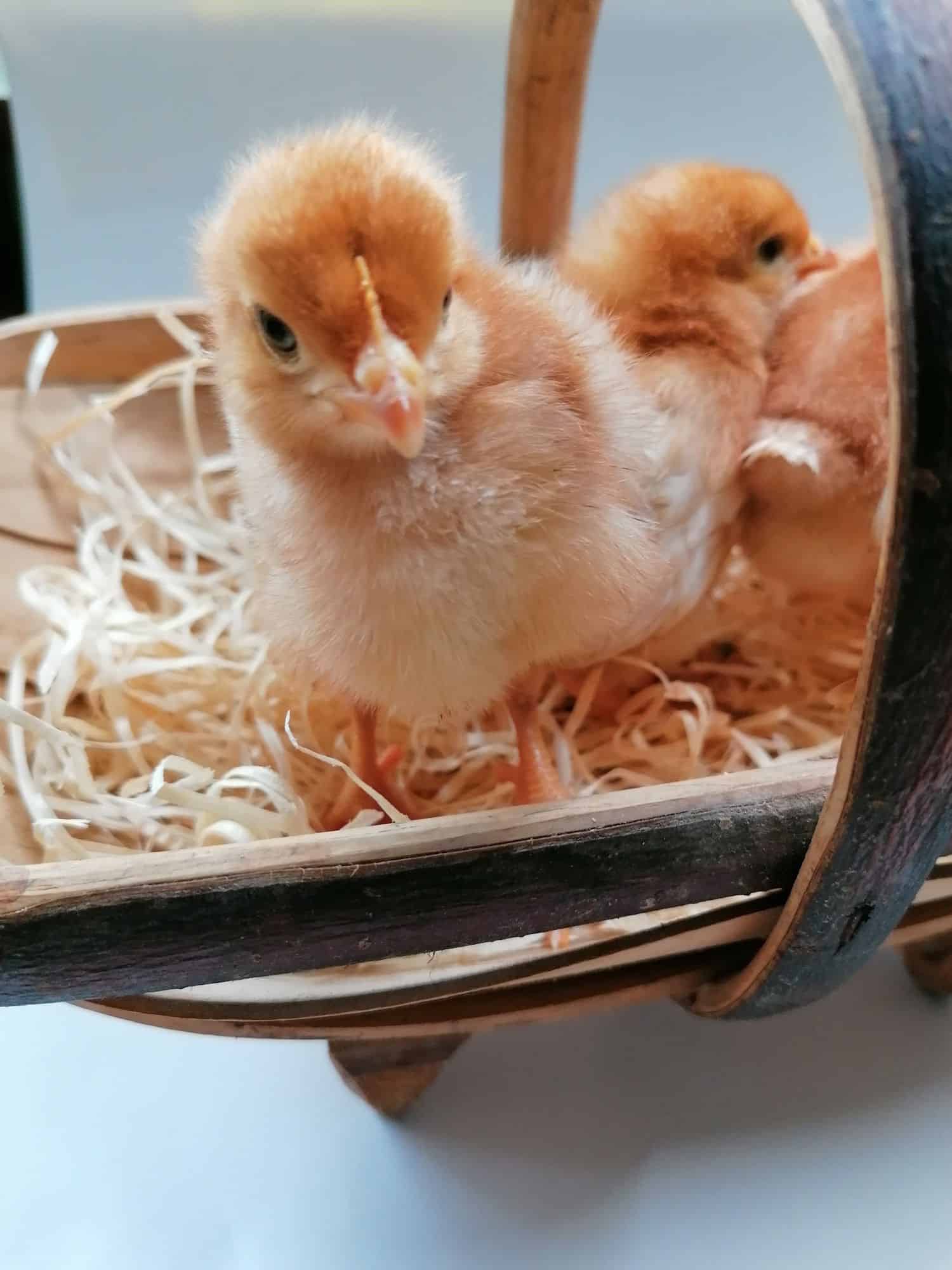Moulting -Now you see them now you don’t
What is a Moult?
Moulting is an annual Autumnal phenomenon that begins at approx 18 months and older hens. In reality, she will experience her first full moult in her second Autumn, and then every year after that.
What happens?
Bam! At a time when you think that hens actually need a good feather covering, almost overnight, the coop looks like an explosion in a pillow factory. The girls drop feathers like it’s a drunken pool party in Ibiza. They also renew the scales on their legs too. Moulting can be quite upsetting for people who have not kept hens before, to see how sad they look when they are stripped of their finery. Hens can look like a badly stuffed pillow, really unkempt and uncared-for when this happens. The reverse is true, as they are provided with more protein and are not handled too much to avoid pressing the newly forming quills back into their skin. This is the reality of keeping hens.

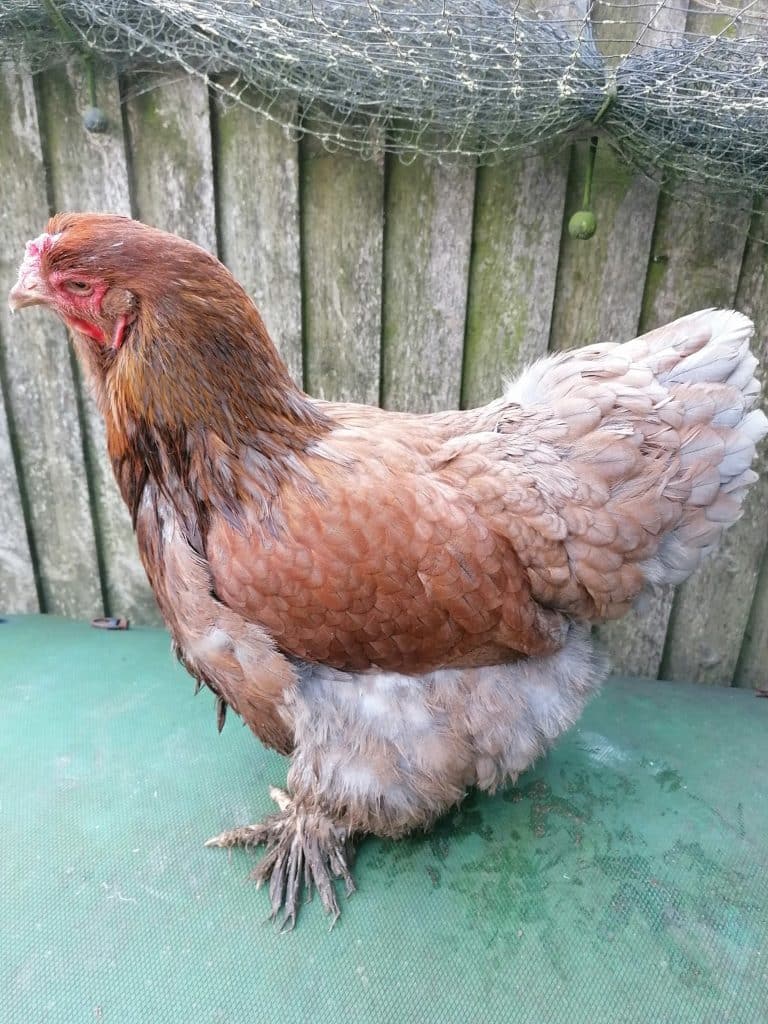
The process of creating feathers
Once the feathers start to regrow, the hen will look like a pincushion. The incoming feather shafts are called pin or blood feathers. They are dark and look almost blue. In reality, they are filled with blood which is nourishing the newly forming feathers within the shafts. The pin feathers are very easy to damage and can bleed profusely if broken. Once the feather has finished being created inside its sheath, then the blood supply is no longer needed. The blood is shut off and the sheath begins to flake away. It is made of keratin and will look like dandruff as the hen preens the dried casing to reveal a beautiful new feather.
Other physical changes during the moult
Her comb will shrivel and become pink instead of red. Her face will also go less red than normal. This is in response to the reduction in hormones.
A moulting hen will lose condition, she will look quite dejected if she finds herself at the bottom of the pecking order. Other changes in her body will occur such as reversal of the bleaching phenomenon which removed the colour from legs, skin, and vent areas. Legs, skin and vent will return to the original colour as occurs in a non-laying hen. This is particularly noticeable on yellow skinned and yellow legged birds. The birds legs will return to yellow as the bleaching fades.
Does this affect the pecking order?
When a hen moults, her status within the flock plummets, and hens who were once high up in the pecking order will find themselves struggling to find any peace. They are often in hiding places and are unable to eat when they want. This becomes an ideal opportunity for a lower ranking hen who may not yet be moulting, to triumphantly seize power. Sometimes these once meek hens, turn into little monsters and can really give the shrinking ex-head chickens a really hard time.
In the normal ranking or pecking order, the head chicken (always a girl by the way) eats first, then number 2, then number 3 etc. The lowest ranking hens must wait until all the others have eaten and even then must be given permission by those of a higher rank. Such is the life of a lowly hen.
Why do my hens stop laying in winter?
A moulting hen needs good quality protein in her food because protein is the building block of feathers. Egg production also uses a lot of protein, therefore, no eggs will be laid for the duration of the moult. Something has to give, as all the protein has to be diverted to their feathering needs. A full moult can last 8 weeks with some older hens taking much longer. The moult coincides with the shortening of days which in itself can trigger a shut-off of the egg-laying hormones. These will normally be reactivated once the days start to lengthen again after Christmas. Lack of eggs seems like a sort of curse for the chicken keeper, but it is a good thing. It gives the hens a well-deserved break from the rigours of laying for a few weeks.
Another reason why it is good for chickens to have a break from laying
Oestrogen during a laying cycle prevents calcium depositing into the fabric of the bones so chickens cannot make new bone while laying. During lay, the calcium is deposited into medullary bone material which is constantly mobilised in shell formation. Chickens that never stop laying cannot restock and make new bone which can result in osteoporosis or fragile bones. Another good reason for chickens to take a break.
What is the best food for moulting chickens?
You may hear stories of what to feed your hens while they are moulting. All sorts of codswallop is spouted. Some advocate using growers pellets but most growers pellets are lower in protein so this is a bad move. It also does not contain calcium. Hens use calcium when they are not laying to strengthen their bones so growers pellets is again a bad move. Yet other people advocate dog or cat food, pilchards, anchovies, and other fishy confections. Upsetting the delicate balance of nutrition is a bad move. Hens need all the help they can get at moulting time.
Keep your hens on layers pellets during the moult as the calcium will help top up her depleted reserves and the additional protein it contains will be beneficial for the feather production. If you must feed random junk to your hens then just feed a handful of hemp seeds. This is high protein and has a good nutritional profile.
Moulting at other times
A mini or partial moult, which is usually a neck moult or a chest moult, can occur due to stress. Stress can be anything from a predator fright, or extremes in the weather, too hot, very wet, very windy. Fireworks, loud banging, DIY, lawn-mowing, dogs, or cats will take their toll. They can feel stress by you wearing the wrong wellies, or any change in the environment or habits. Getting the picture? Chickens are stressy creatures. Stress can depress their immune response and egg laying can also be interrupted or erratic for a while.
When a hen goes broody she will pluck her abdomen feathers so she can have skin contact on the eggs in her nest. This bald patch is called a brood patch. It is not a moult in the normal sense of the word but it is a natural cause.
Moulting -Now you see them now you don’t Read More »


